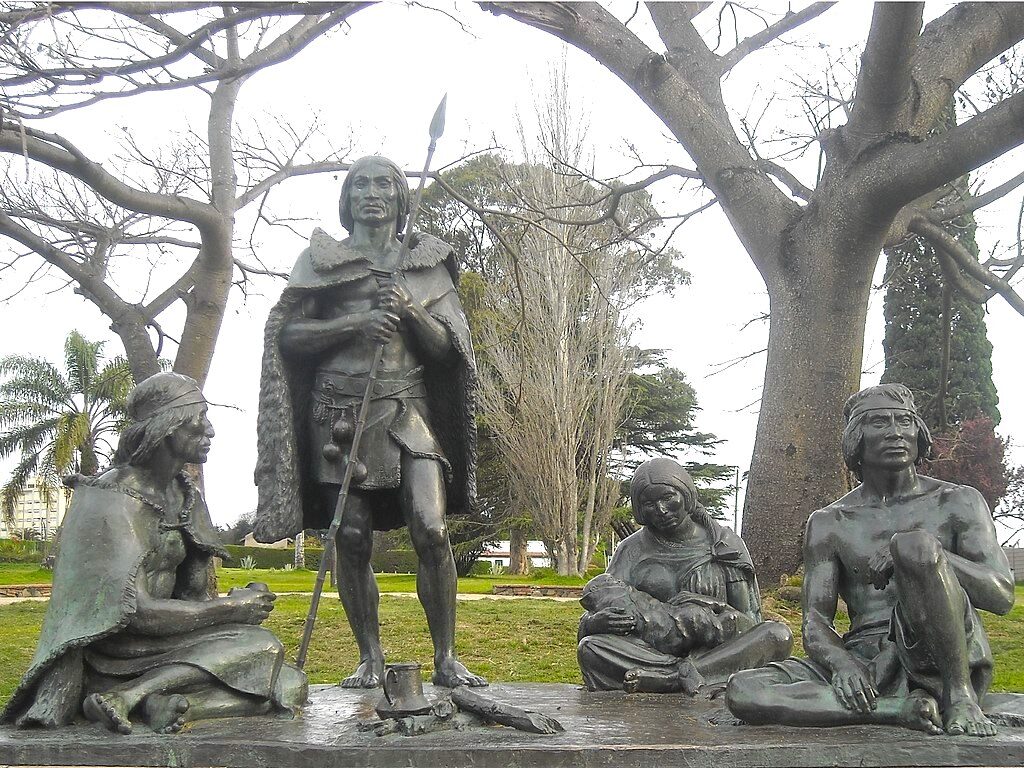
"Our work shows that the Indigenous people of ancient Uruguay exhibit an ancestry that has not been previously detected in South America," says John Lindo, co-corresponding author and an Emory assistant professor of anthropology specializing in ancient DNA. "This contributes to the idea of South America being a place where multi-regional diversity existed, instead of the monolithic idea of a single Native American race across North and South America."
The analyses drew from a DNA sample of a man that dated back 800 years and another from a woman that went back 1,500 years, both well before the 1492 arrival of Christopher Columbus in the Americas. The samples were collected from an archeological site in eastern Uruguay by co-corresponding author Gonzalo Figueiro, a biological anthropologist at the University of the Republic.
The results of the analyses showed a surprising connection to ancient individuals from Panama — the land bridge that connects North and South America — and to eastern Brazil, but not to modern Amazonians. These findings support the theory proposed by some archeologists of separate migrations into South America, including one that led to the Amazonian populations and another that led to the populations along the East coast.
"We've now provided genetic evidence that this theory may be correct," Lindo says. "It runs counter to the theory of a single migration that split at the foot of the Andes."
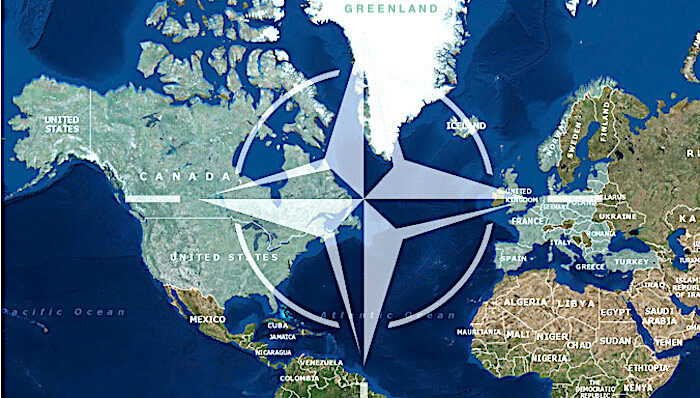
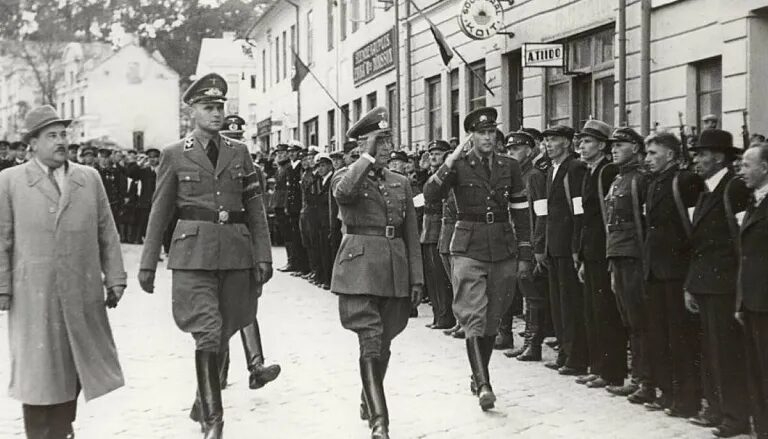
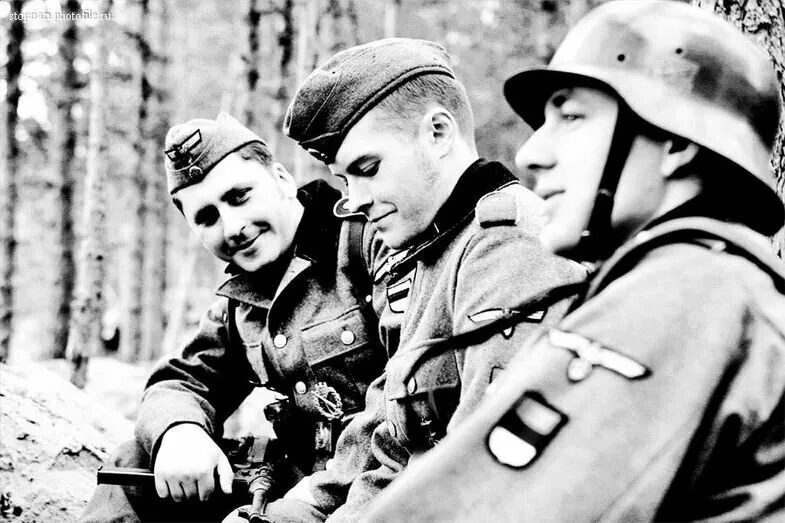


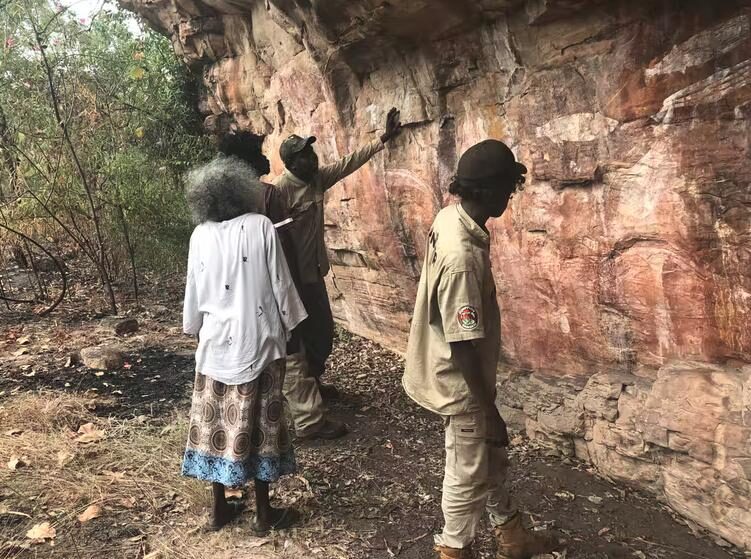
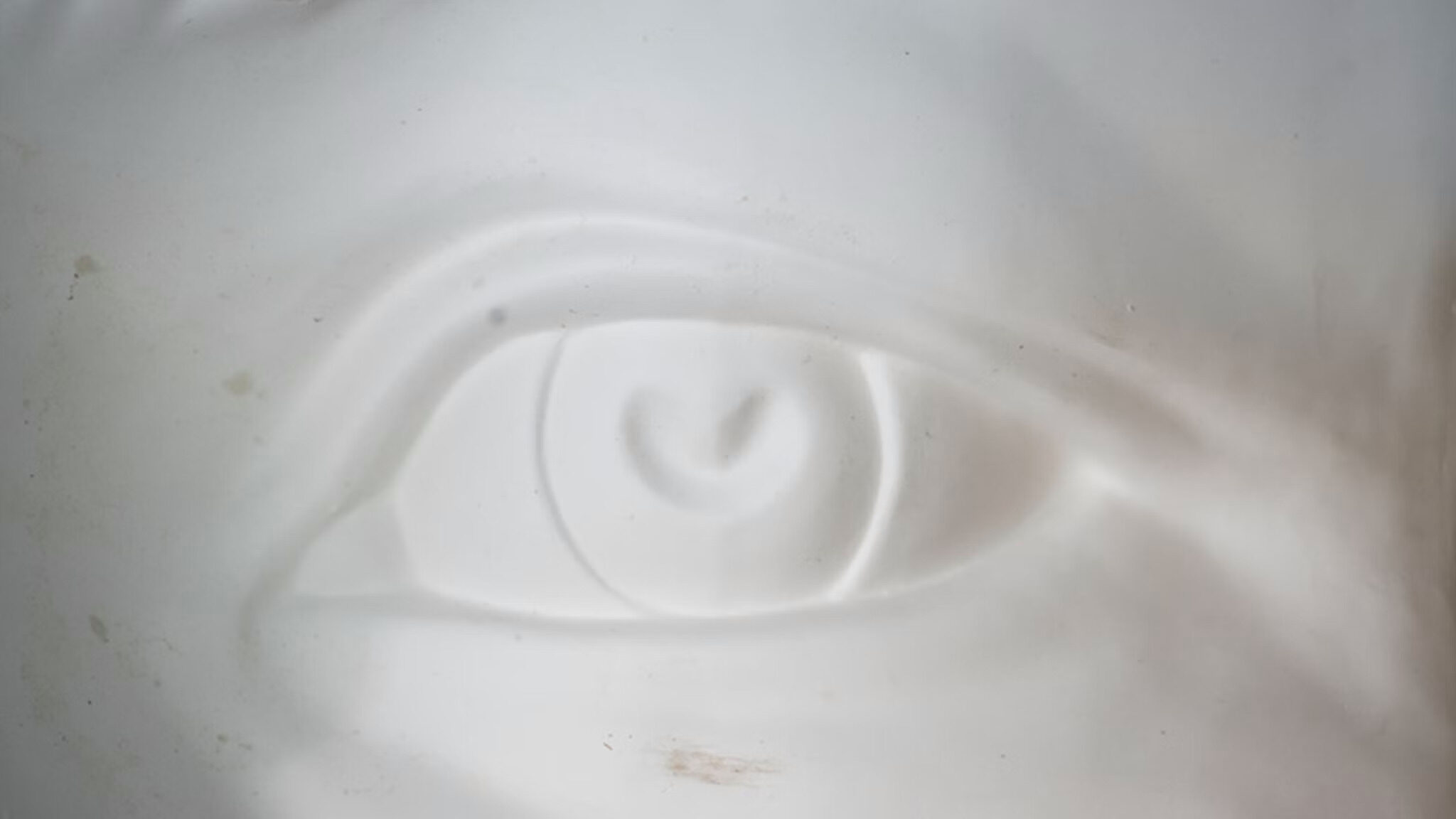


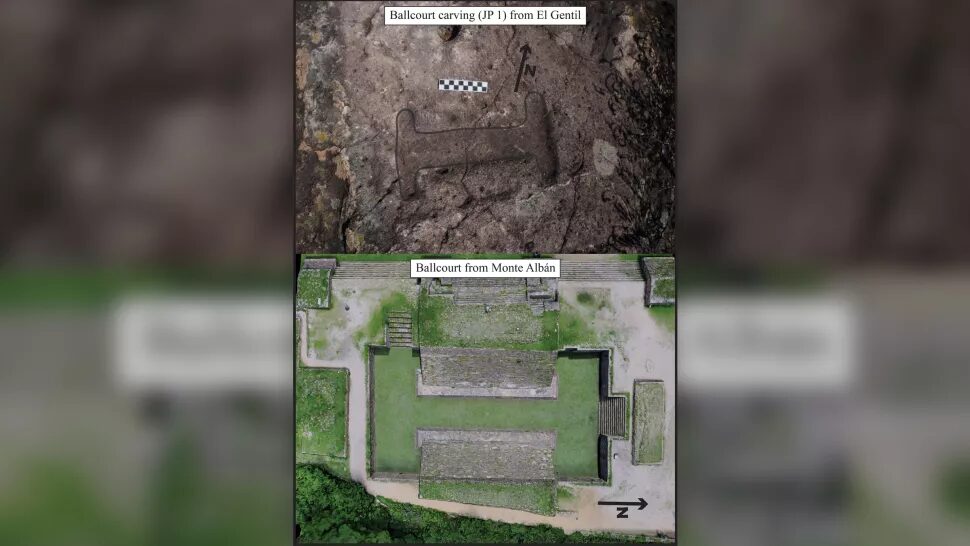



Comment: See also: